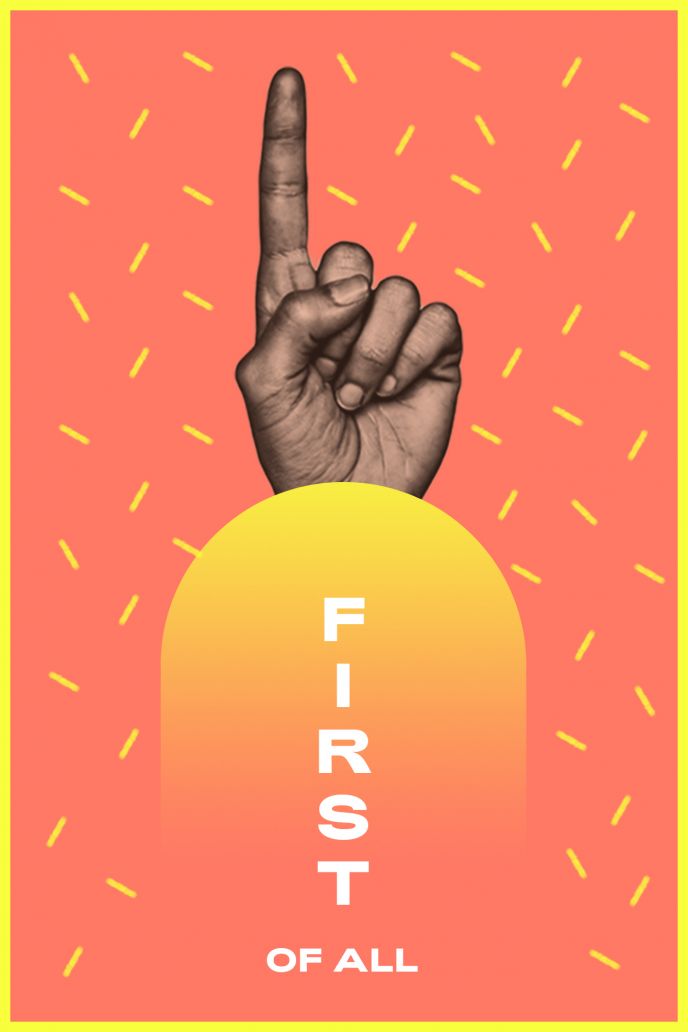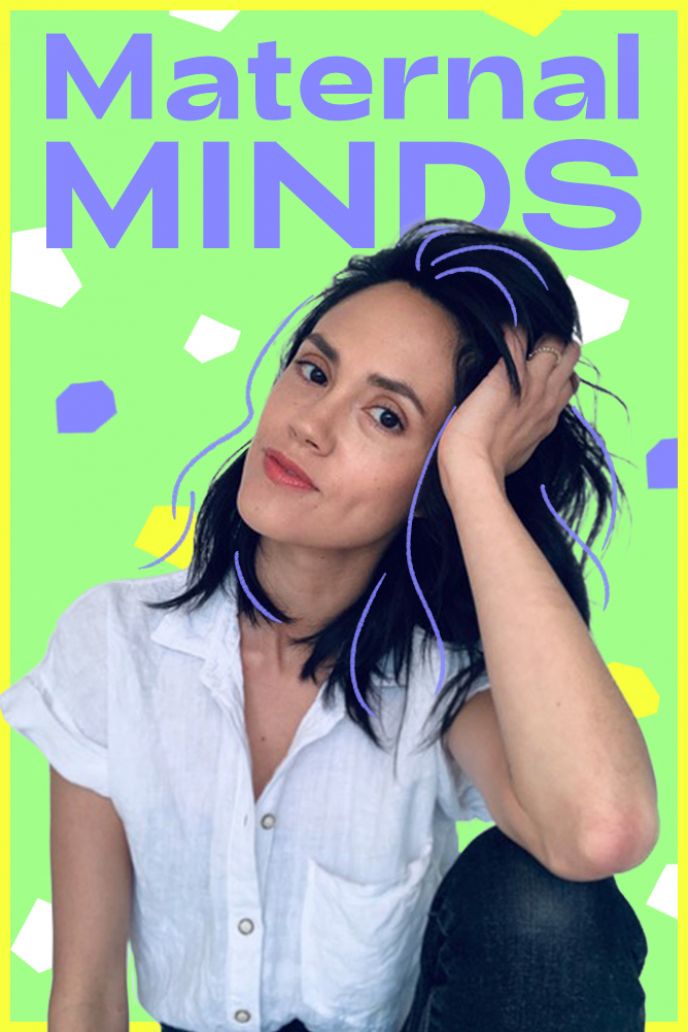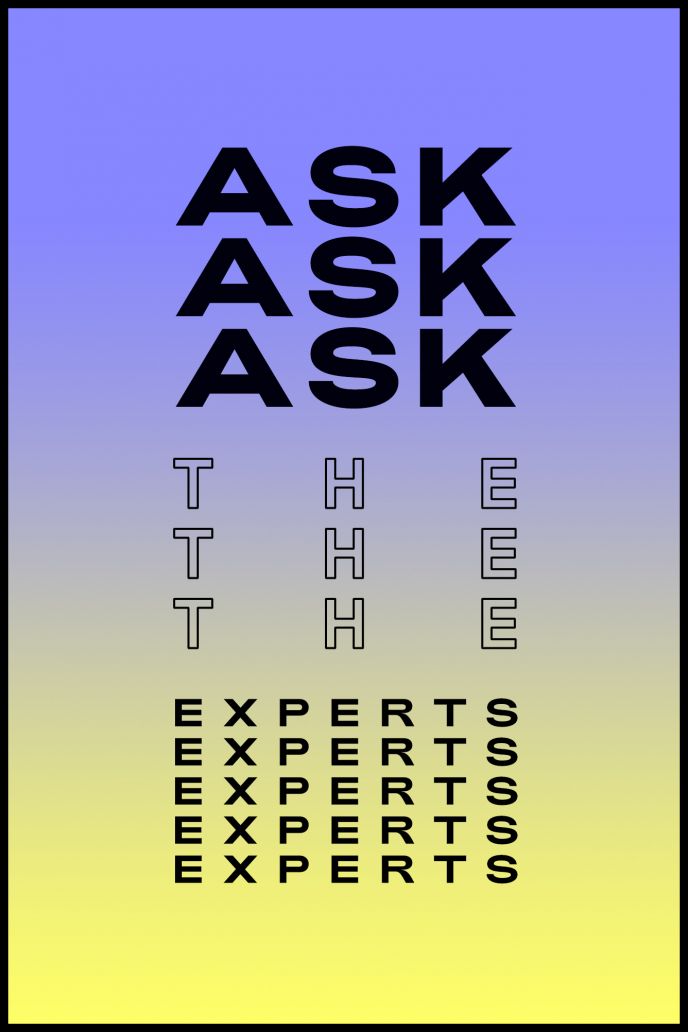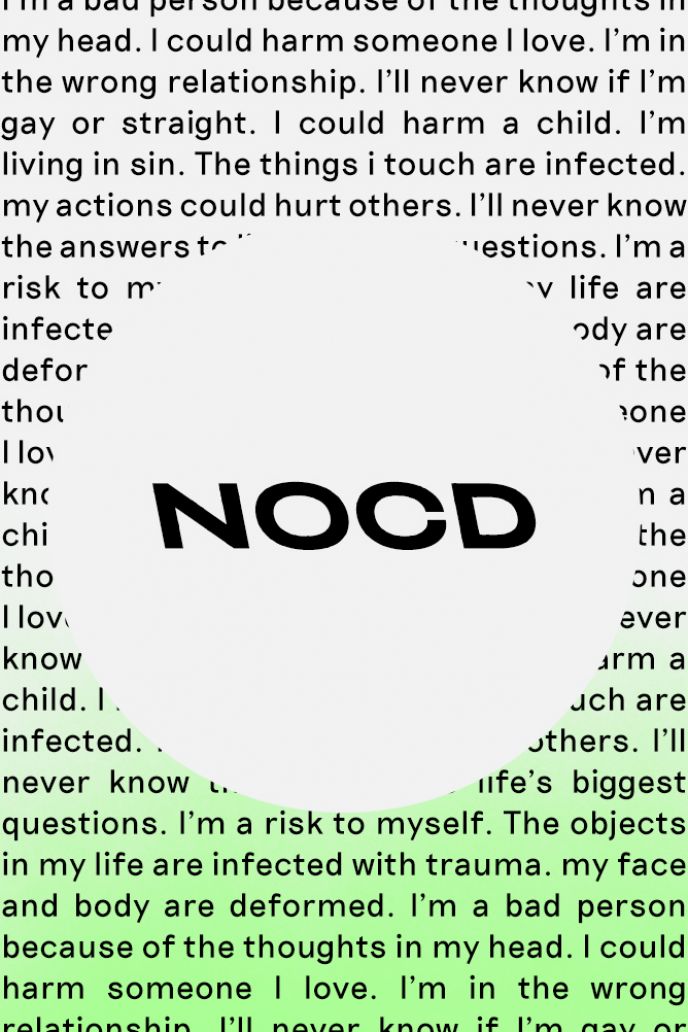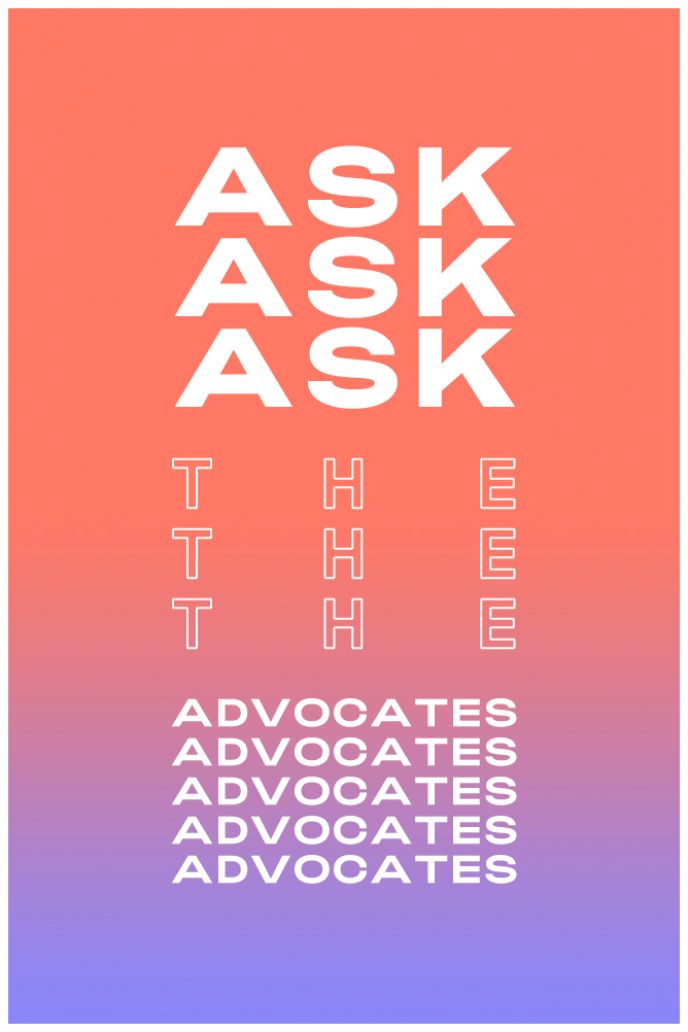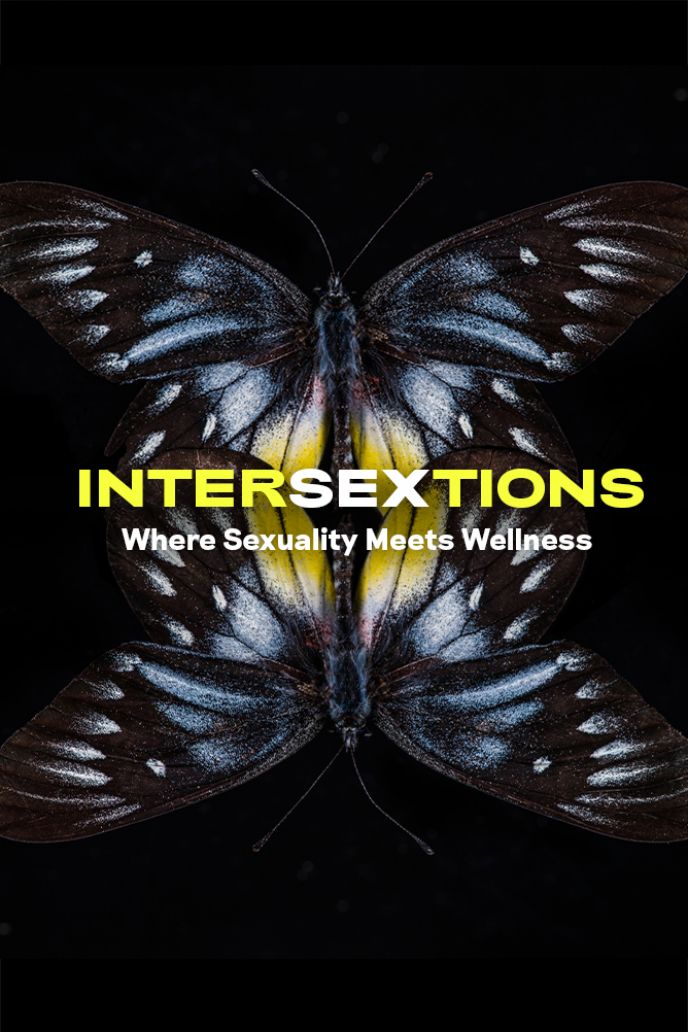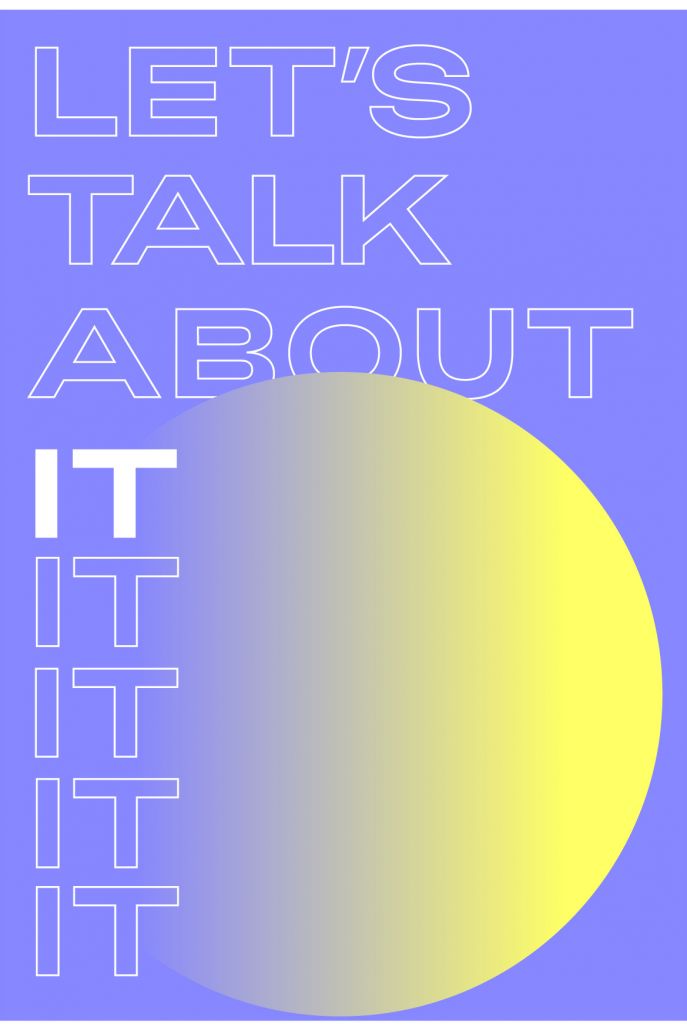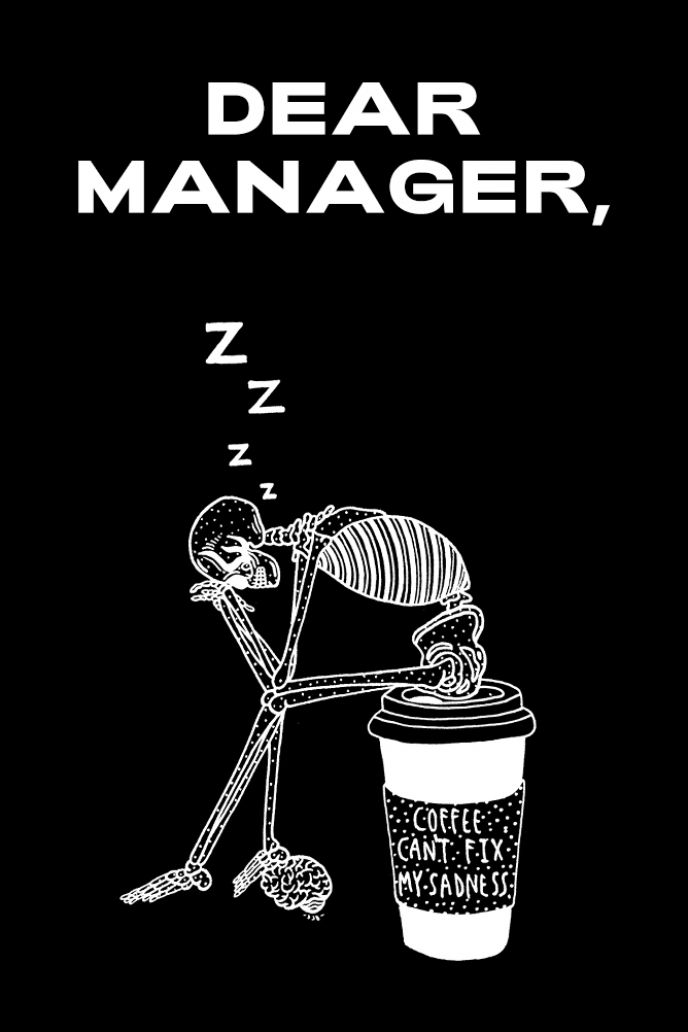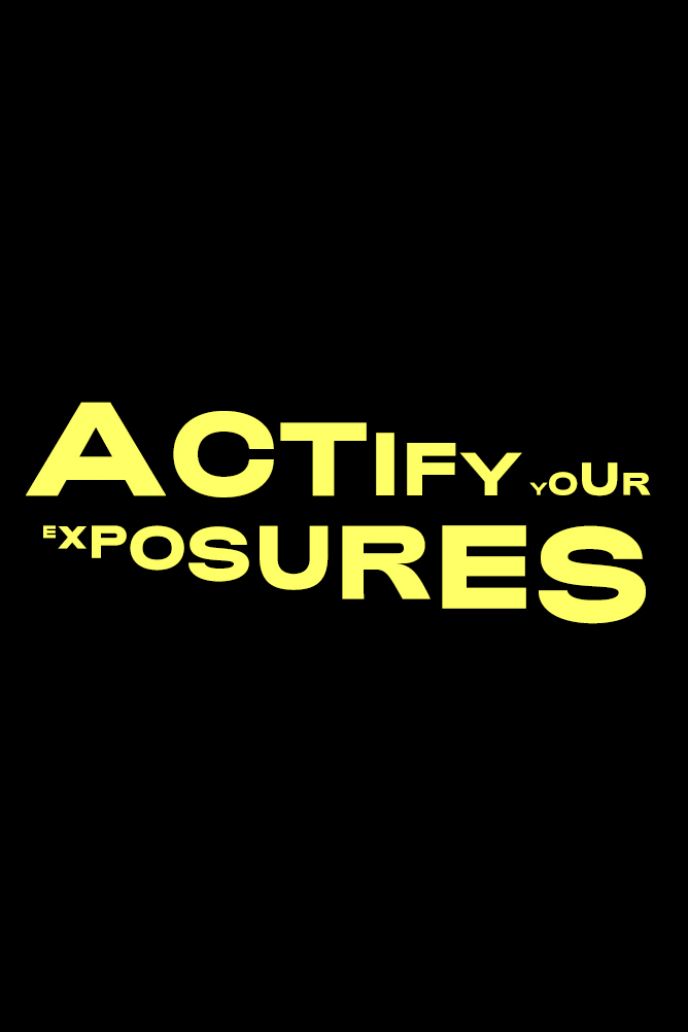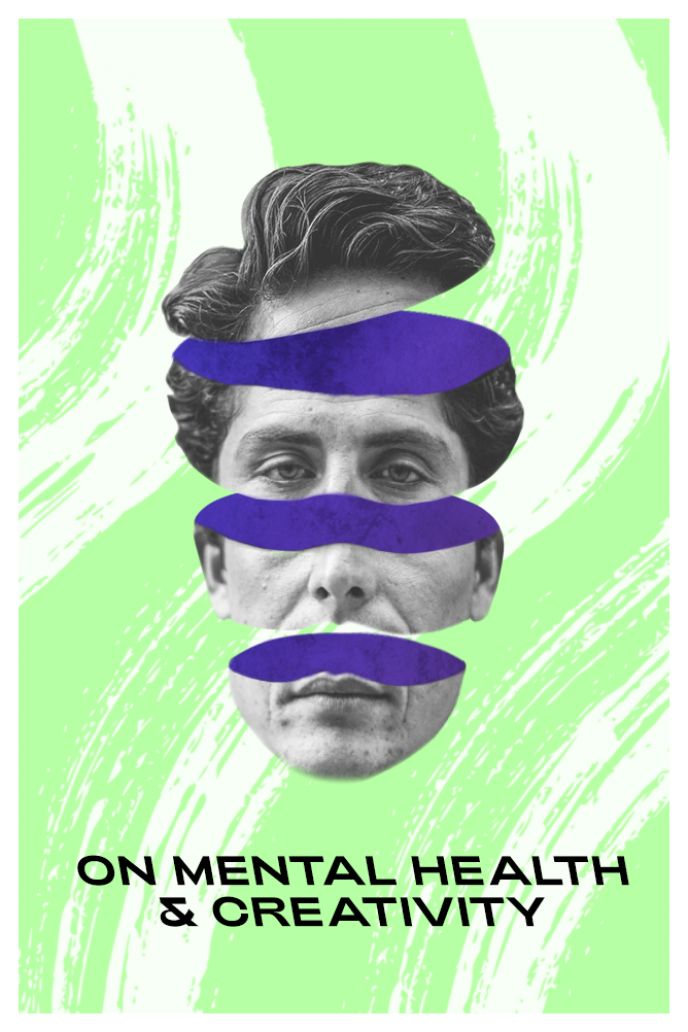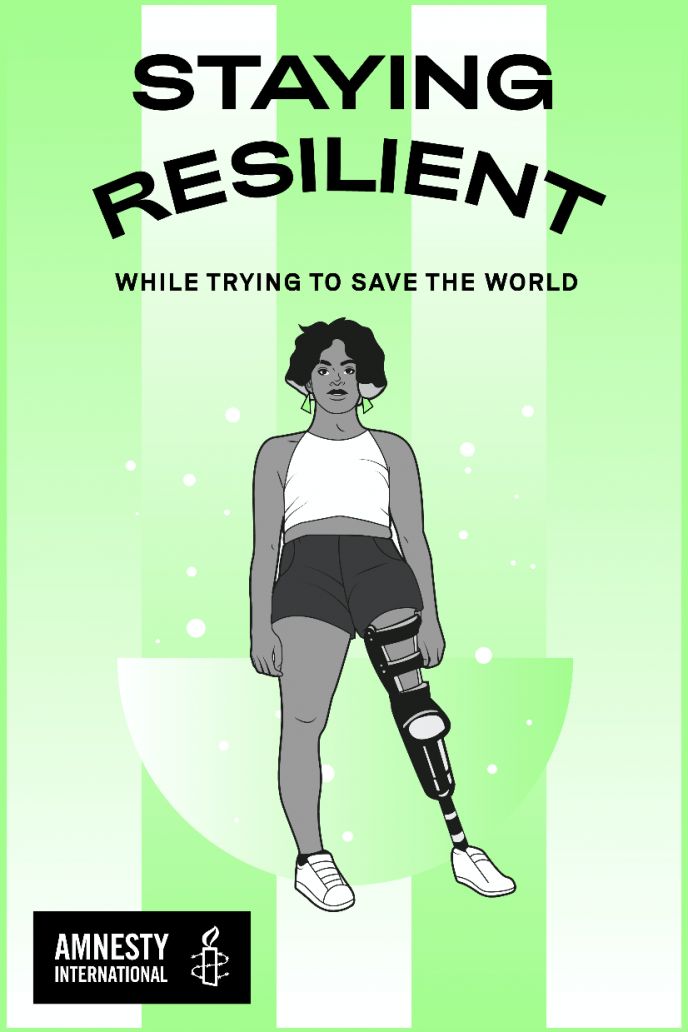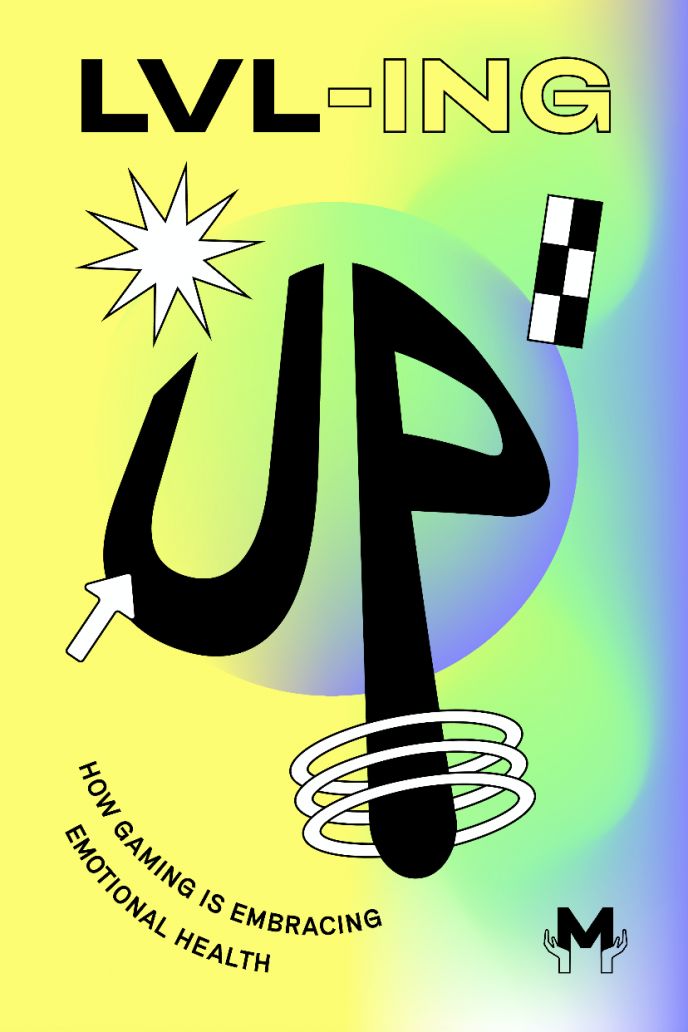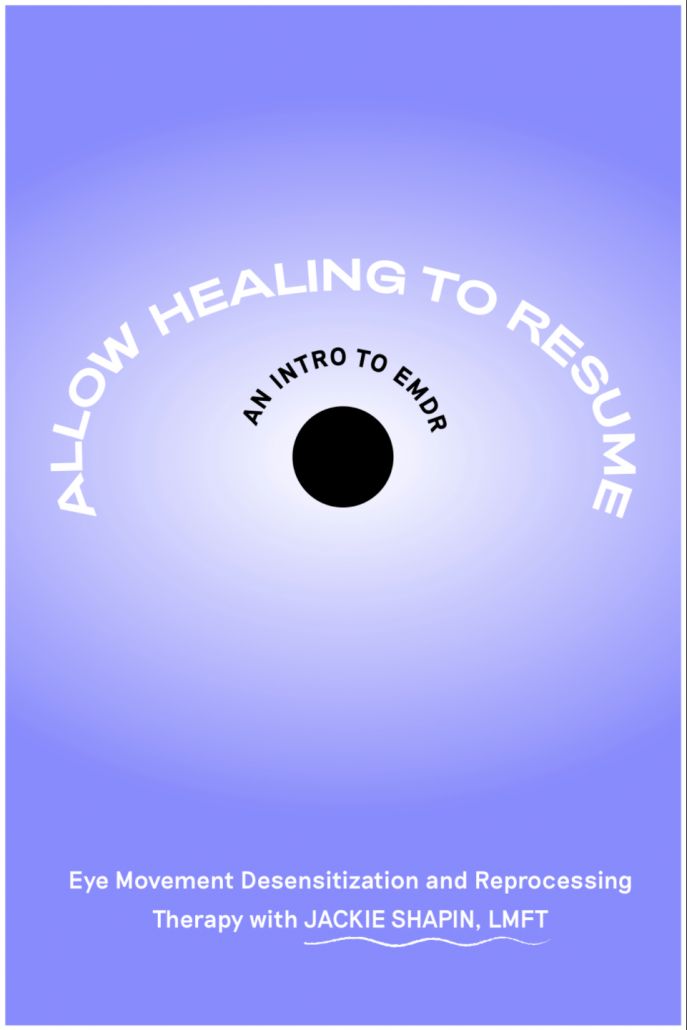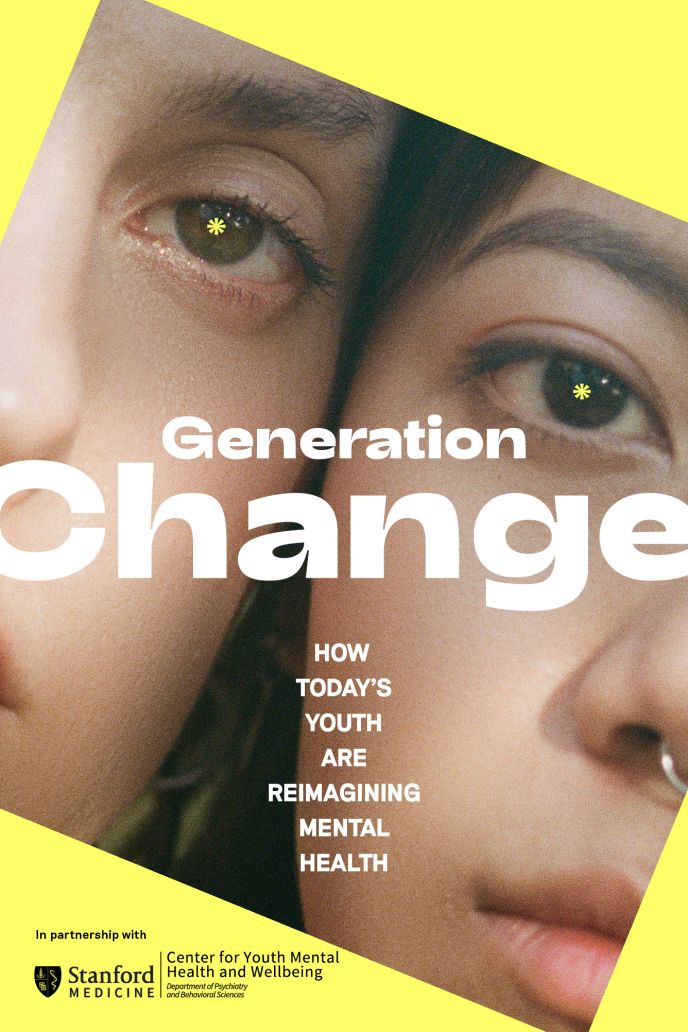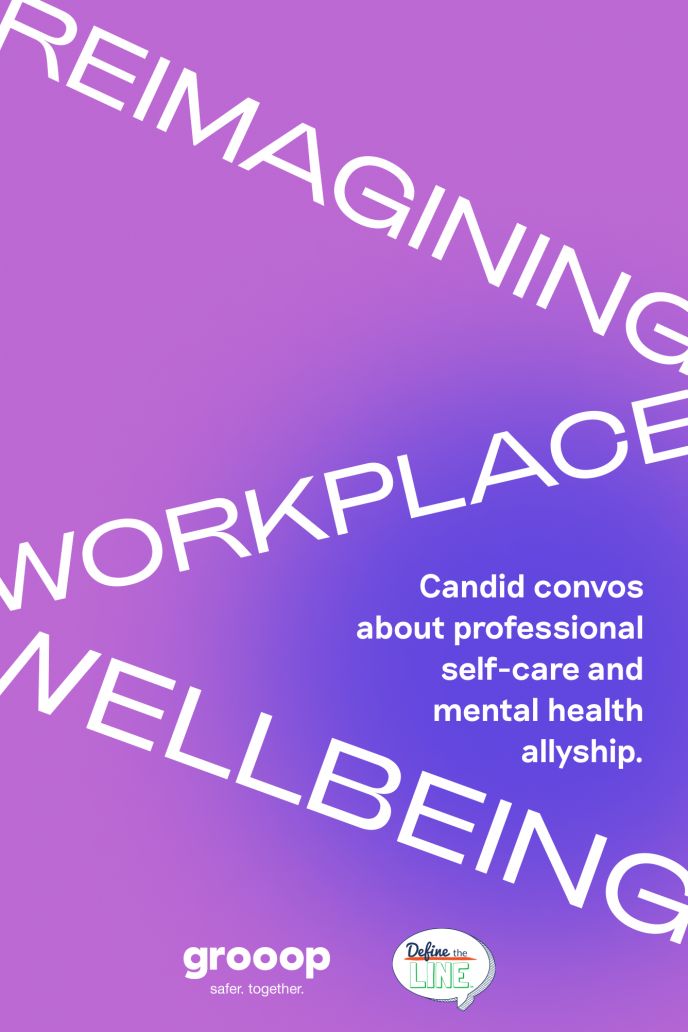DECIDE: A Framework for Making Decisions
Tips to help you make effective choices in the face of anxiety and uncertainty.
Escrito por Michelle Feder, Psy.D.

01 Dr. Feder is a licensed clinical psychologist specializing in the treatment of OCD, unhelpful perfectionism, and anxiety-related conditions.
02 In this article, she shares a six-step framework that can help people navigate the anxiety that can come with decision-making.
Do you ever struggle with making big life decisions, such as knowing whether to change jobs or end a relationship? Is it hard to make or follow through with smaller decisions, like what to eat for lunch or when to take a work break? Well, you are not alone!
We are faced with countless decisions every day, ranging from simple and straightforward to complex and overwhelming, and are tasked with figuring out how we want to proceed. For many people, the fear of making the “wrong” decision can lead to feelings of doubt, anxiety, and even paralysis. Some people may spend hours, months, or even years trying to figure out which option will lead to the “best” outcome. Importantly, many people often find that putting more time and thought into making their decision does not actually increase confidence or certainty about their ultimate choice.
For many of my clients who have had these challenges, I have used a six-step decision-making framework which can be remembered with the acronym DECIDE. This method has helped my clients navigate the anxiety and uncertainty that can come with decision-making. It is designed to help people make thoughtful yet timely decisions, and to embrace the choices they make, regardless of the outcome. It also subverts the notion that there are “right” and “wrong” decisions. Instead, it encourages people to be present in the process of decision-making, rather than judging themselves based on the results. Using the DECIDE framework when making a decision can empower you to make effective choices, follow through with those choices, and continue living your life alongside the uncertainty that comes with decision-making.
Condiciones relacionadas
What is DECIDE?
Before we go step-by-step into the framework, here is an outline of each step of the process:
Define the decision
Establish time constraints
Consider your options
I made the decision!
Don’t change your mind
Embrace the decision
Define the Decision
The first step in decision-making involves specifying details. It is important to explicitly define your decision so that you have a clear direction. For example, a decision about changing jobs would be ill-defined if left at, “What should I do about my job?” A more clearly defined decision could look like “Do I change jobs?” or “When do I leave my current job?” It can also be helpful to clarify the reasons for making the decision to provide motivation when engaging in the process, especially if you feel scared or overwhelmed. For instance, identifying that you want to decide the next steps in your career because you value professional growth, can help motivate you to follow through with making a choice regardless of any emotions that arise.
Establish Time Constraints
It is crucial to specify a time frame to ensure that your decision-making does not unnecessarily drag out or interfere with being present in other areas of your life. This may look like, “In two weeks, I will choose when I am going to change jobs.” You may set shorter time frames for smaller decisions, such as giving yourself 10 minutes to choose what to eat for lunch. Set a time frame that feels realistic for you and will make the decision approachable. Some people find it helpful to set an alarm or phone reminder. Others benefit from having someone else hold them accountable, such as a partner, trusted friend, or therapist.
Consider Your Options
Within your previously-set time frame, now you can consider your options. Start by brainstorming as many potential options as you can without immediately judging or evaluating them. Giving yourself space to spitball ideas may open yourself up to options that seem unrealistic at first glance, but could actually be reasonable. For example, if I am trying to determine how soon I should leave my current job to start a new one, I may initially think to immediately give my two weeks notice so that I can move on with my career. However, I may realize when brainstorming that staying on longer could have benefits, such as giving time for stock to vest or fostering goodwill with coworkers, and therefore it becomes a worthwhile option to consider.
Next, narrow down your list of options to no more than three so that your in-depth evaluation does not feel too cumbersome. It is important to clearly articulate your options so that your evaluation is focused and specific. For deciding about a job change, options such as leaving a job “soon” or “in a while” are vague and may mean different things to different people. Instead, I could specify my options as leaving my current job in “two weeks” or “after bonuses are given out.”
Once you have your two or three options, identify their pros and cons. Many people find it helpful to write out a pros and cons list, but it can also be done in your head if your time or resources are limited. You can identify pros and cons by independently thinking through your options, doing research, or asking others for their insight.
Taking the evaluation one step further, you can classify your pros and cons as grounded in facts versus emotions. Facts-based information refers to objective data that is verifiable and supported by evidence, such as “I will make more money at Company A versus Company B” or “my job title would be a manager at Company X versus a director at Company Y.” In contrast, emotion-based information involves content that is shaped by feelings like anxiety, sadness, anger, or even excitement. Emotion-driven reasons to change jobs may include, “I hate working at my current job” or “I’m scared that it will be hard to adjust to a new job.” Once you understand the nature of your pros and cons, you can then determine how to prioritize information.
While emotions may provide valuable insight into your subjective experiences, they also commonly fluctuate and latch onto a situation’s short-term implications without considering its long-term consequences. Therefore, while it is unhelpful to completely neglect emotions, it is generally more beneficial to emphasize factual information over emotional reasoning.
I Made the Decision!
Having analyzed your alternatives within your predetermined time frame, now is the time to make your decision. You may still feel unsure about whether you have made the “right” decision. You may be concerned that there is more information out there that would provide total clarity on which option to choose. It is normal and expected to feel anxious and uncertain about the outcome of your decision. Do not let those feelings stop you from making your decision!
Remember, we ultimately do not have control over the actual outcome of our decision, even if we have methodically considered all of our options. For example, I may choose to accept a job at one company over another because my research had suggested that I would work well with my future boss. However, it is possible that the boss will choose to leave the company after I start or get transferred to a new team. Research has also shown that the more we question something, the more unsure of it we become. So, do not let your brain try to convince you to keep pondering your decision beyond your time frame.
Don’t Change Your Mind
Congratulations, you made your decision! While the decision-making process ends for some people once they make their decision, for others, they prolong the process by ruminating on the decision they made. Therefore, this step in the process reminds you to commit to your decision, regardless of self-doubt or anxiety.
It also means disengaging from urges to review your pros and cons list. You may find it helpful to use verbal reminders (e.g., state your decision aloud to yourself or a friend) or visual reminders (e.g., write your decision on a post-it note or on your phone) of your commitment to your chosen option. Additionally, reminding yourself of how your decision aligns with your values can be another way of strengthening your commitment to your decision.
Lecturas relacionadas
Embrace the Decision
With your decision made and commitment to follow through, now comes time for implementation. Fully embracing your choice means acting completely in line with your decision regardless of lingering uncertainty or unknowns. For example, if you decide to stay in your current job rather than seek a new job, ask yourself, “What can I do to go all in with my job?” You can fully commit, even if you are not 100% sure about your decision.
Relatedly, it is important to clearly define the steps you need to take to implement your chosen option. You can break down your overall goal into as many mini goals as you need to make the task approachable. So I may take the goal of “going all in with my job” and break that into smaller goals, such as working nine hours each day rather than six, taking a continuing education course, or spending less time on TikTok during the work day.
Conclusion
The DECIDE framework for making decisions aims to provide you with guidelines for effectively navigating all types of life choices, from the everyday decisions to the monumental ones. It provides a structure for the process of making a decision, as well as ways to approach anxiety, uncertainty, or doubt that may arise even once the decision is made. While decision-making may never feel easy for some, the DECIDE framework can be an empowering tool to help with thoughtfully approaching decision-making, without allowing the process to overtake your life.
<>
ABOUT THE AUTHOR
Michelle Feder, Psy.D. is a licensed clinical psychologist practicing virtually in NY, NJ, and FL. She specializes in the treatment of obsessive-compulsive disorder (OCD), unhelpful perfectionism, and anxiety-related conditions using exposure and response prevention (ERP), cognitive-behavioral therapy (CBT), and acceptance and commitment therapy (ACT). She is committed to providing evidence-based treatments flexibly and collaboratively to help people achieve their goals and live satisfying, meaningful lives. Learn more about her at https://www.cbtforbetterliving.com/learn-more.
Apoya nuestro trabajo
Nuestra misión es cambiar la manera en que el mundo percibe la salud mental.
